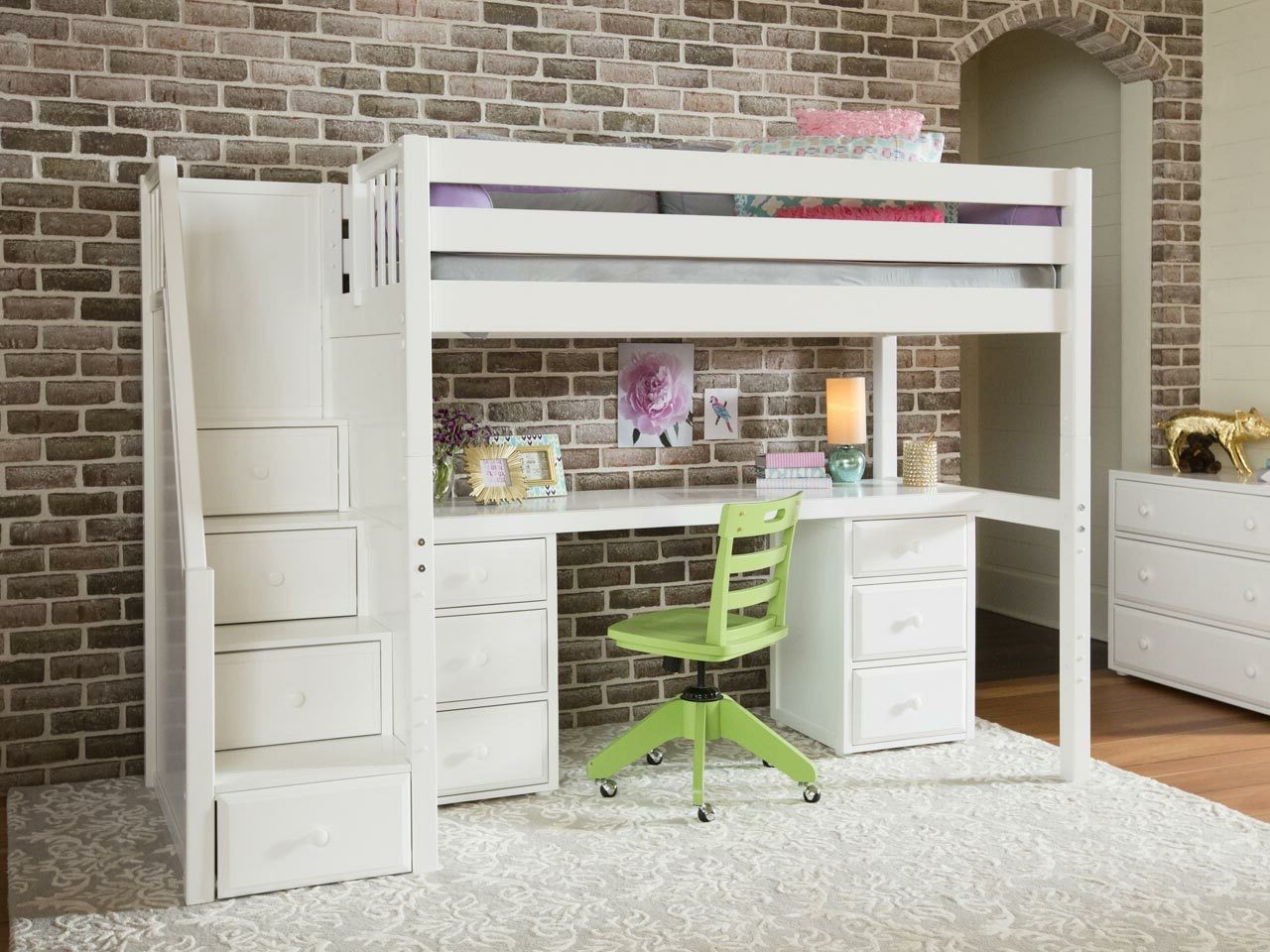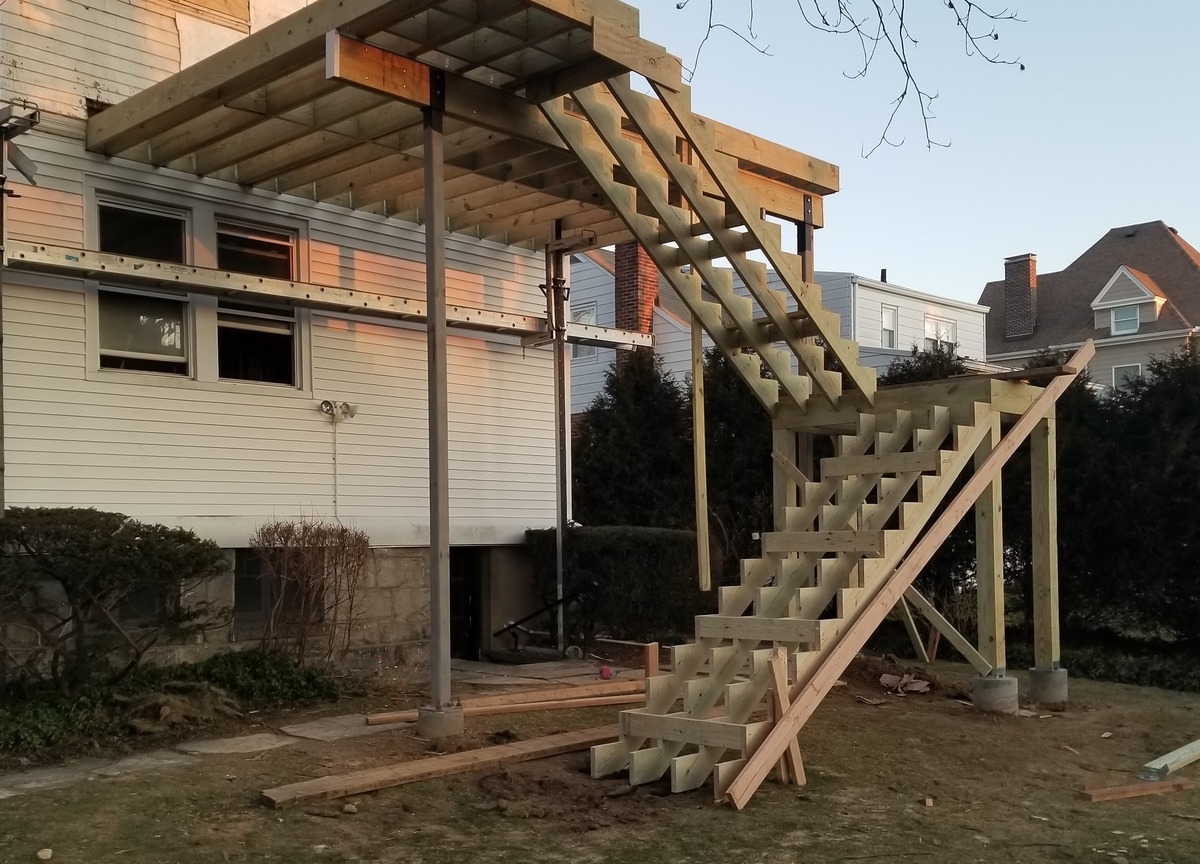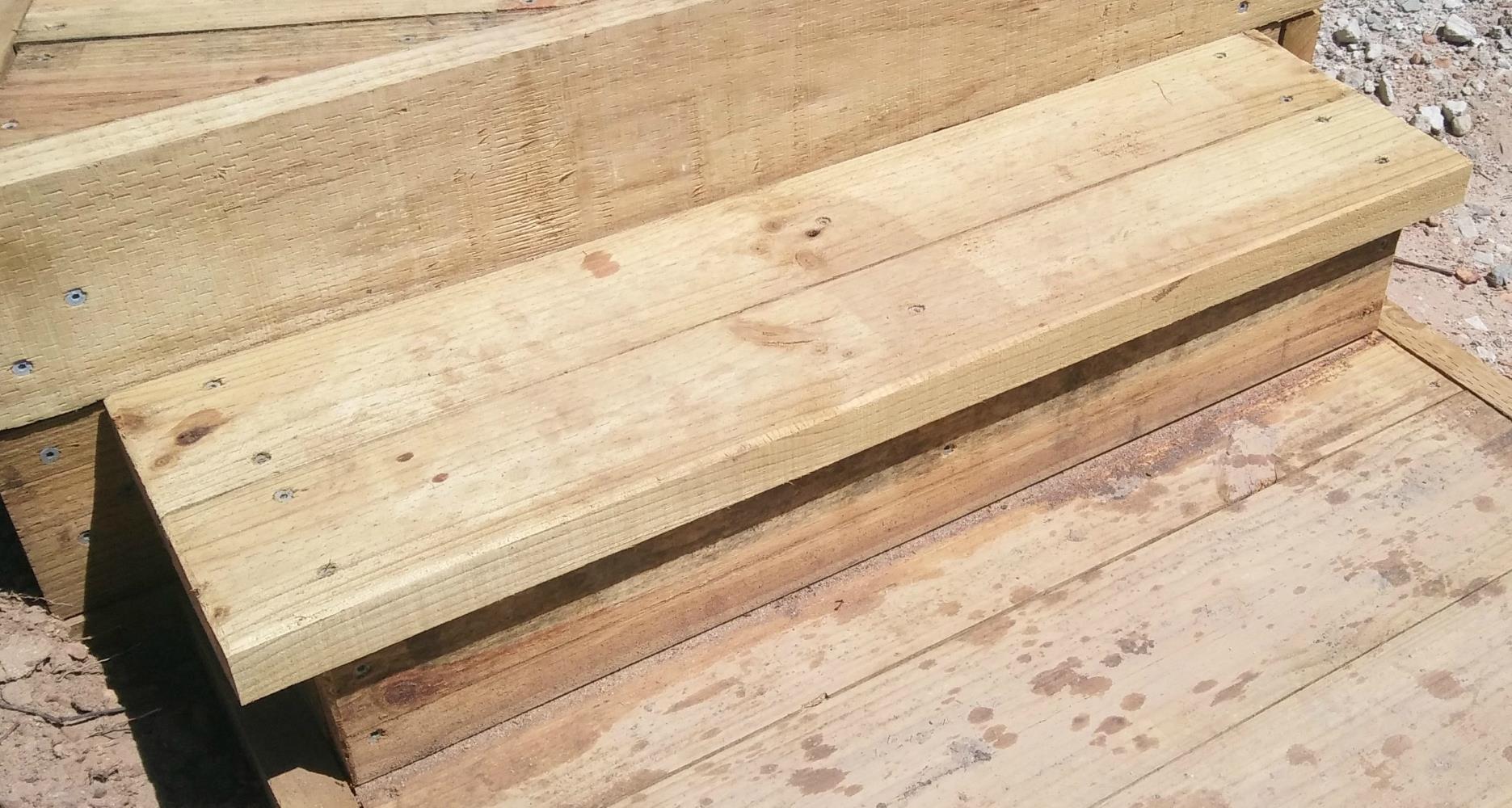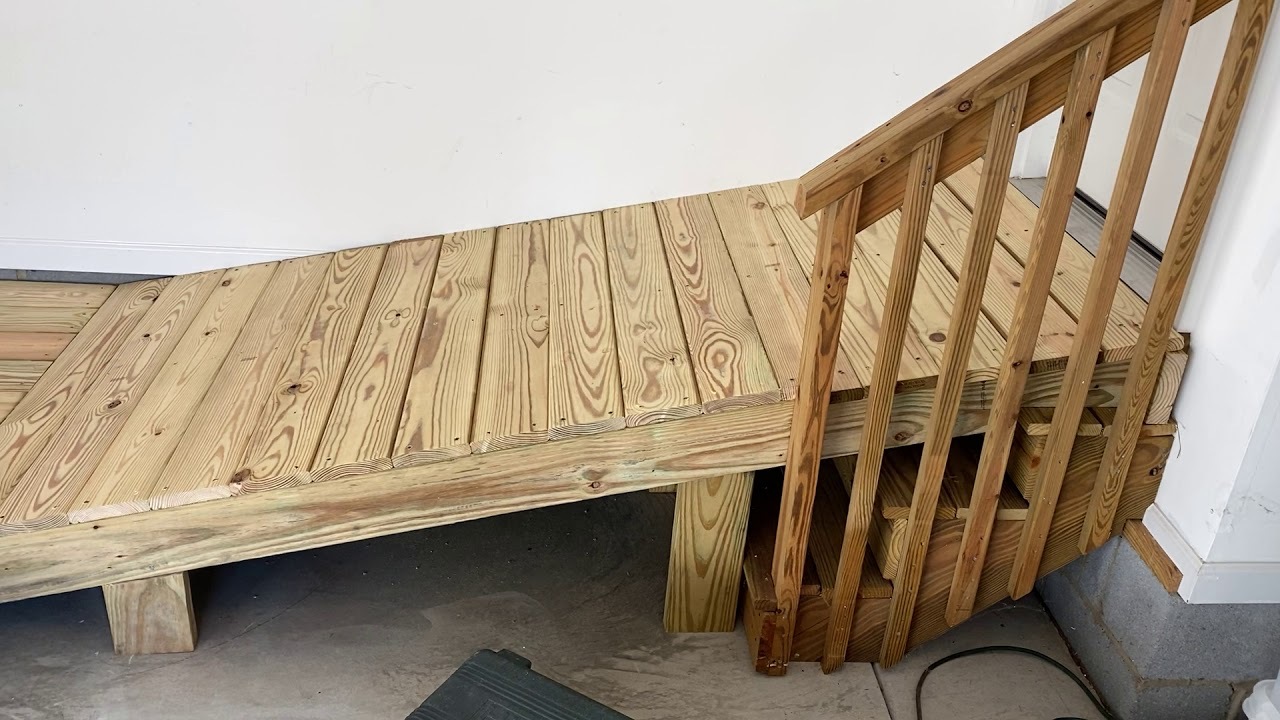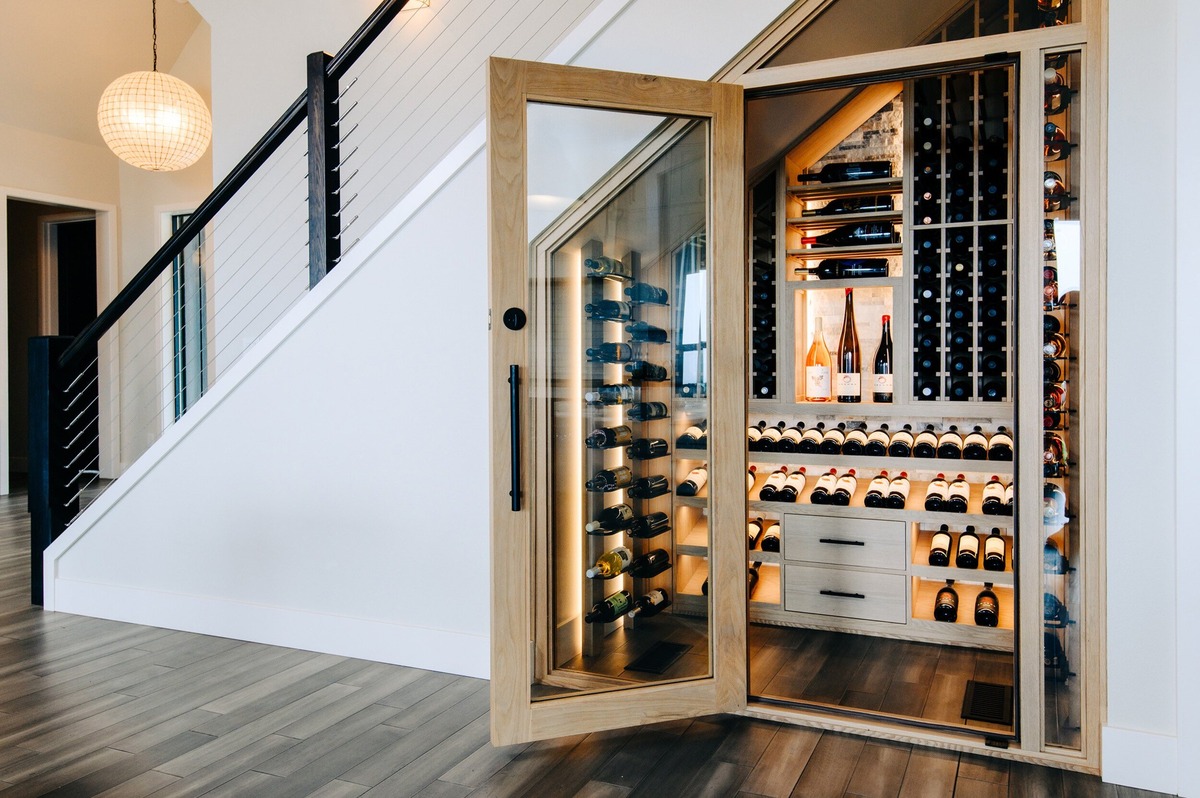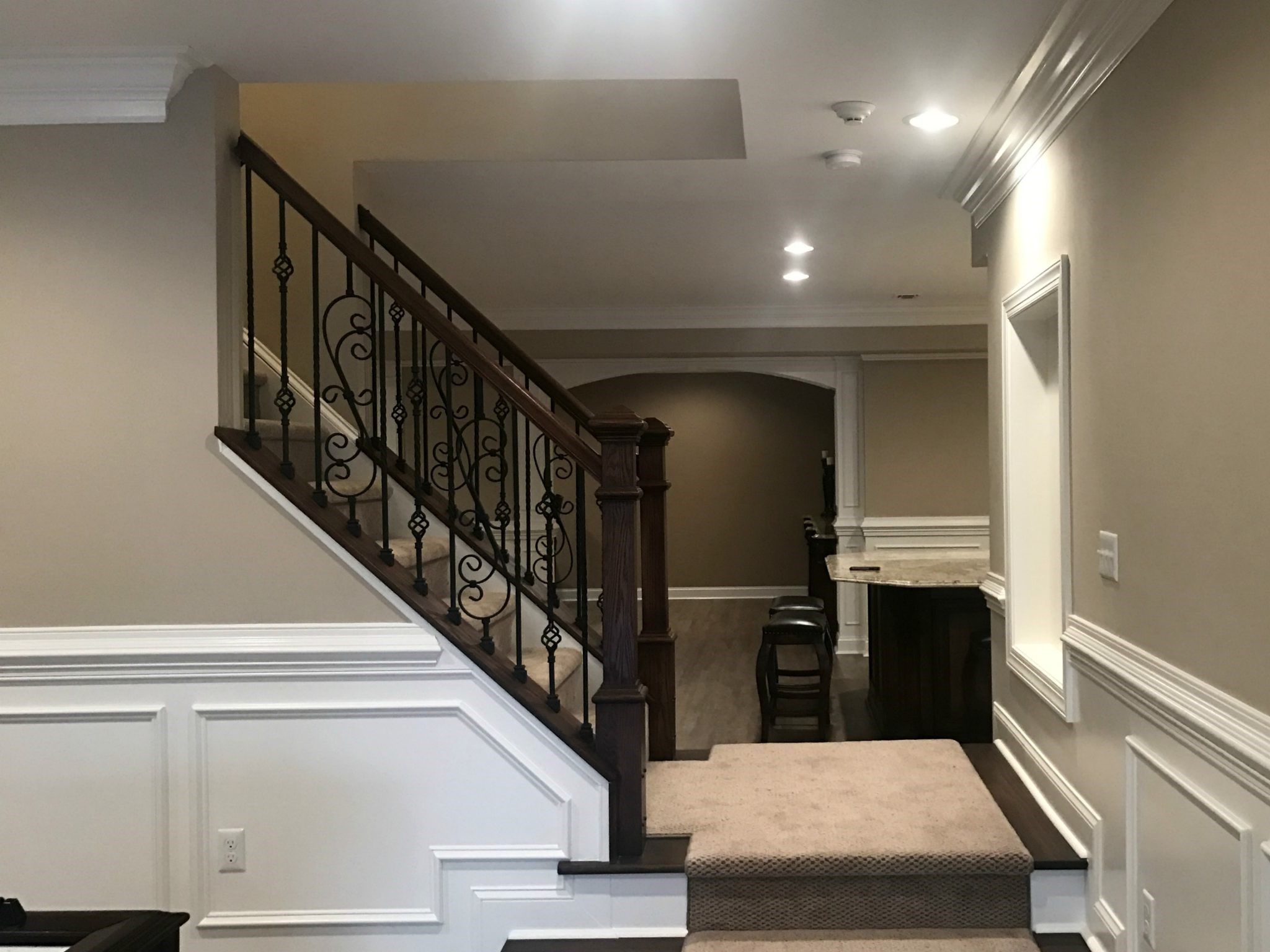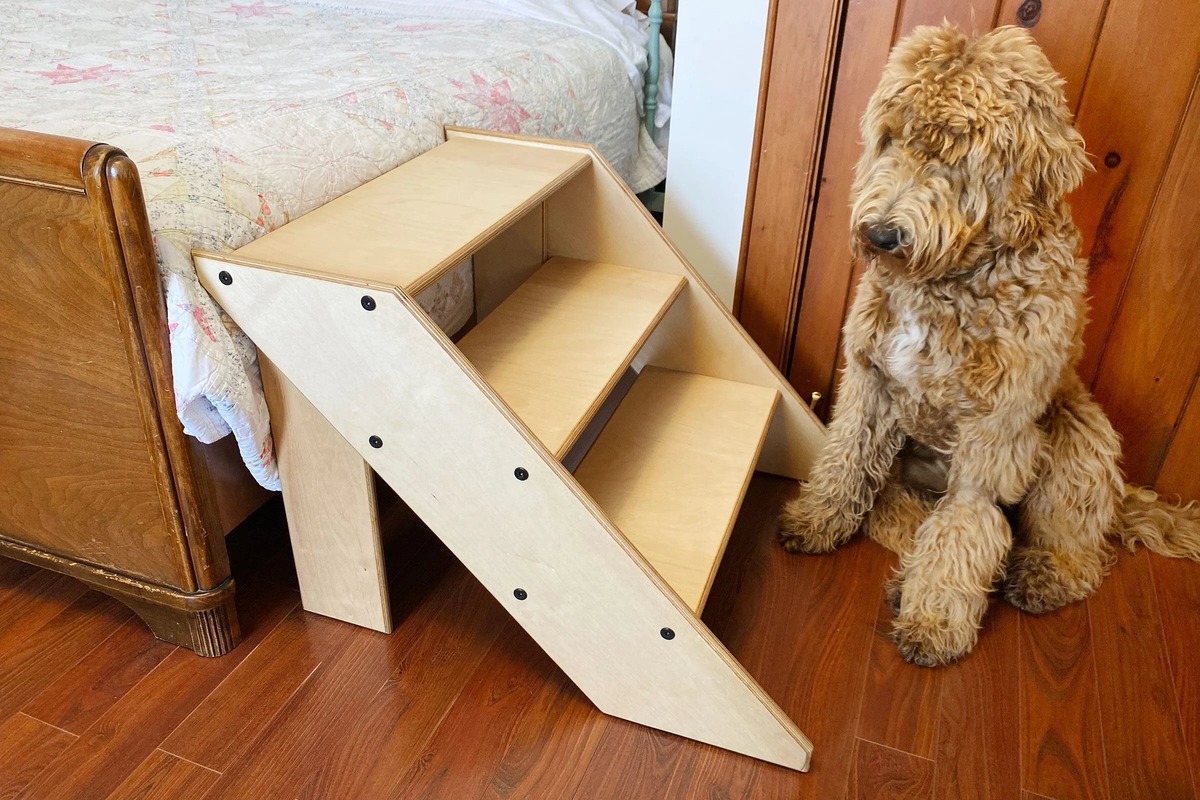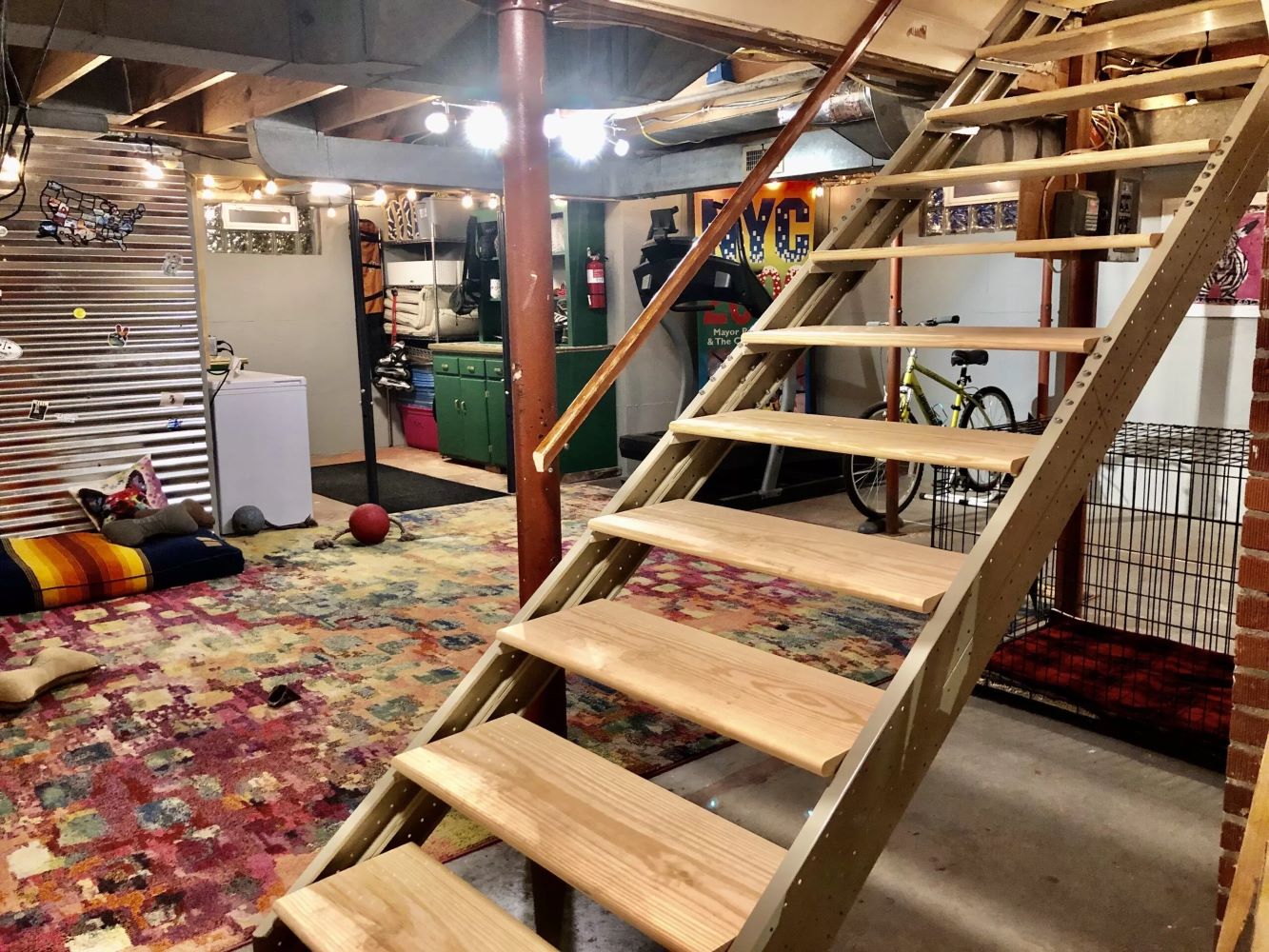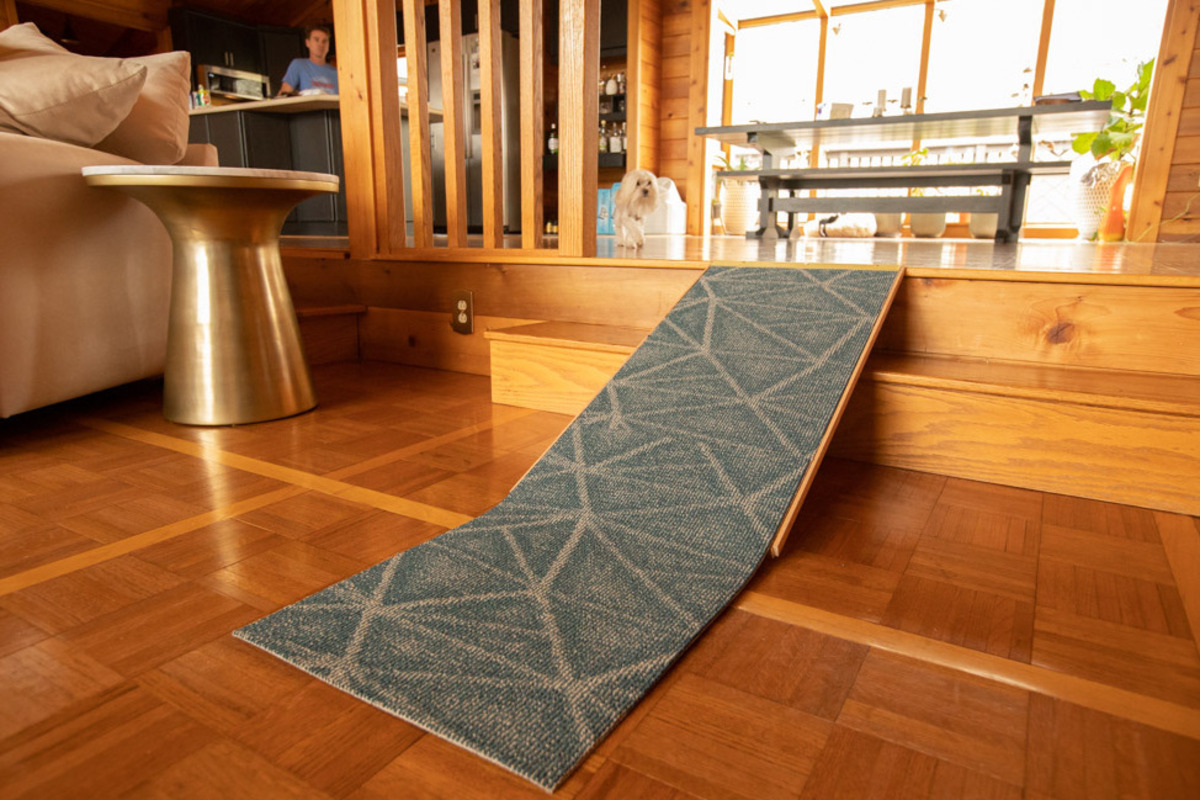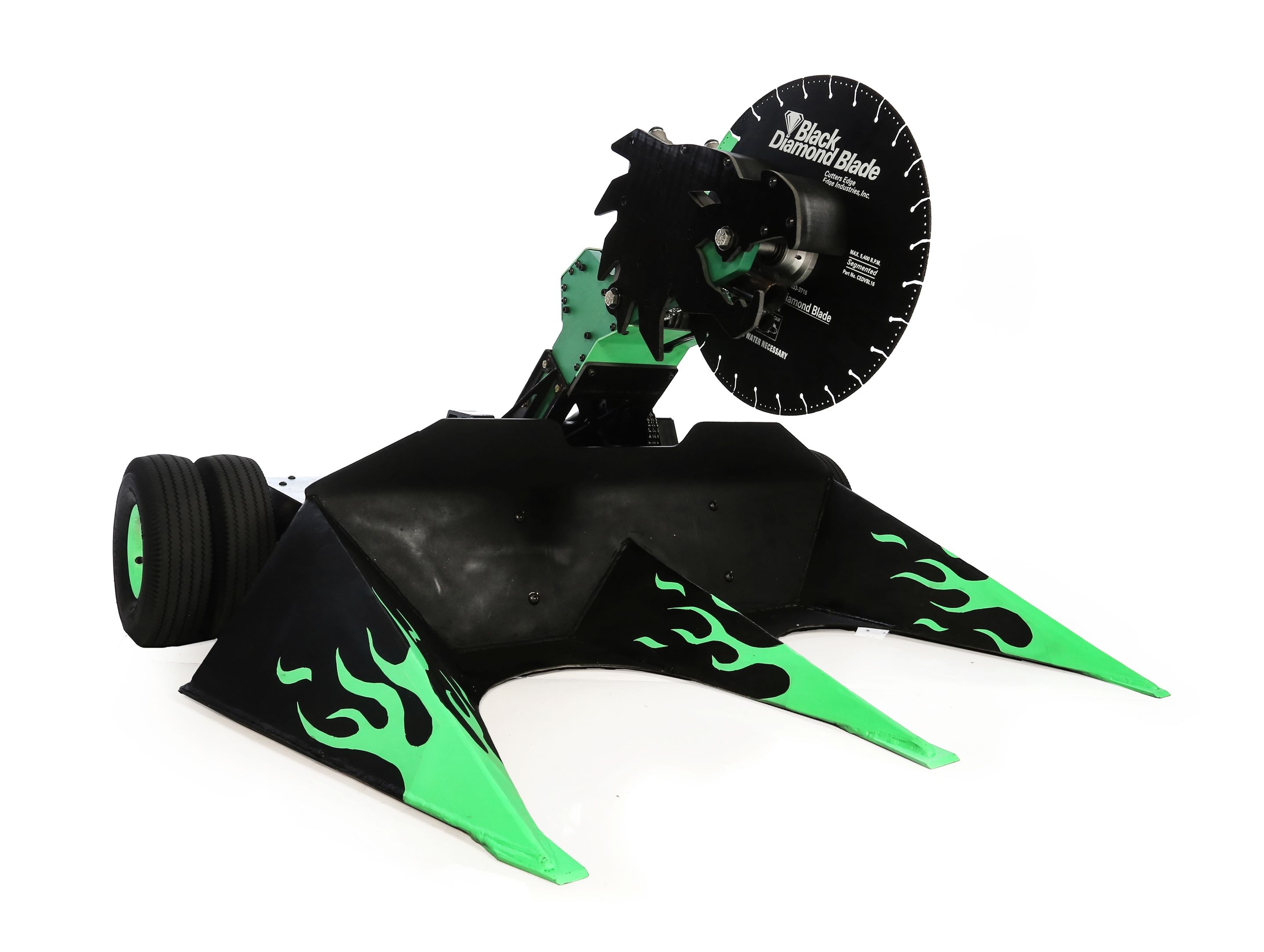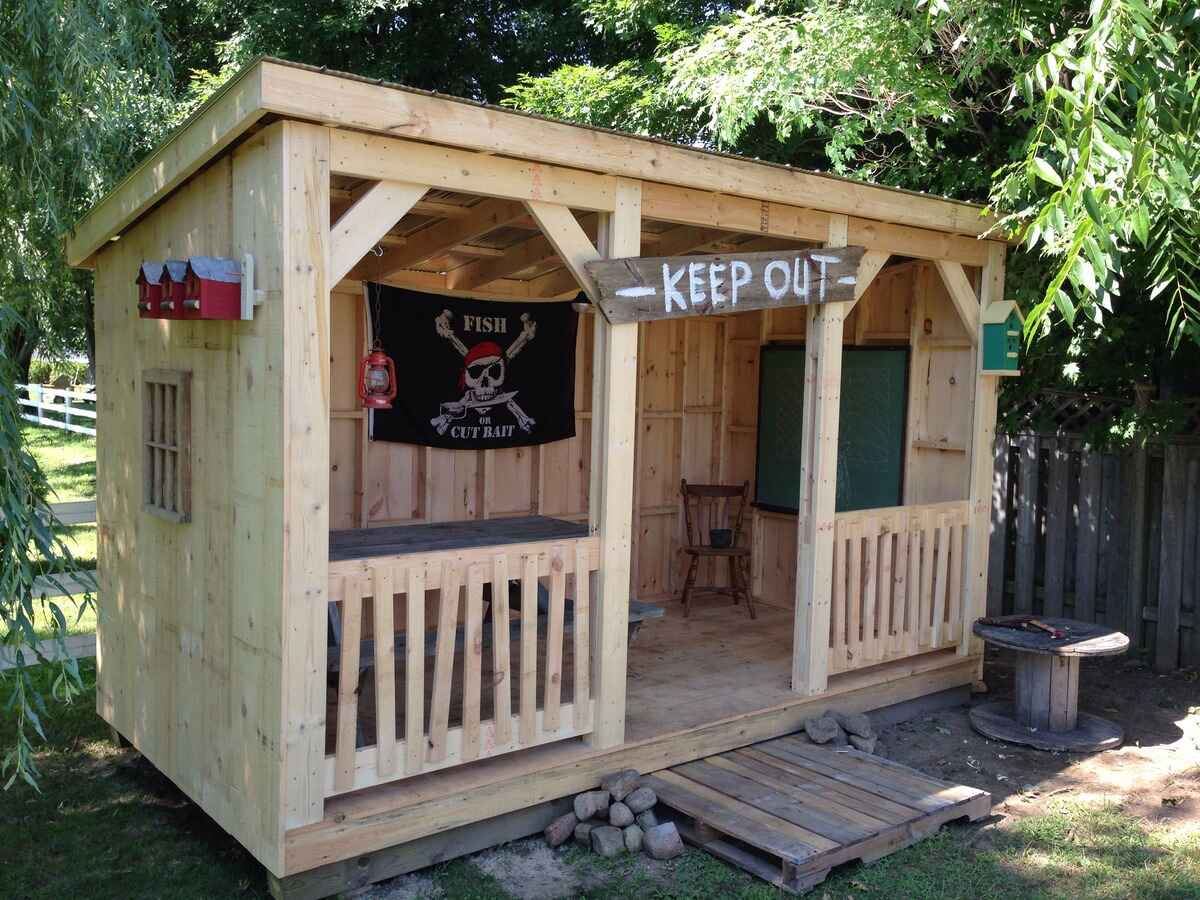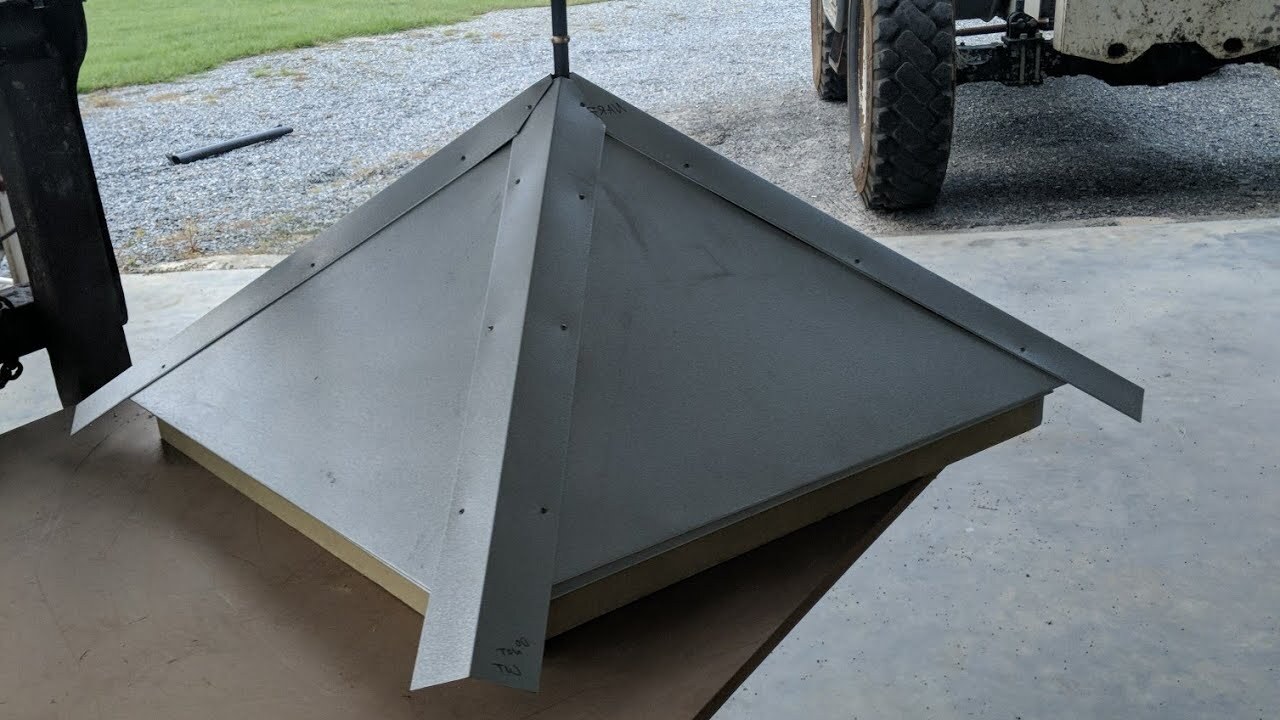Home>Create & Decorate>DIY & Crafts>How To Build Stair Stringers
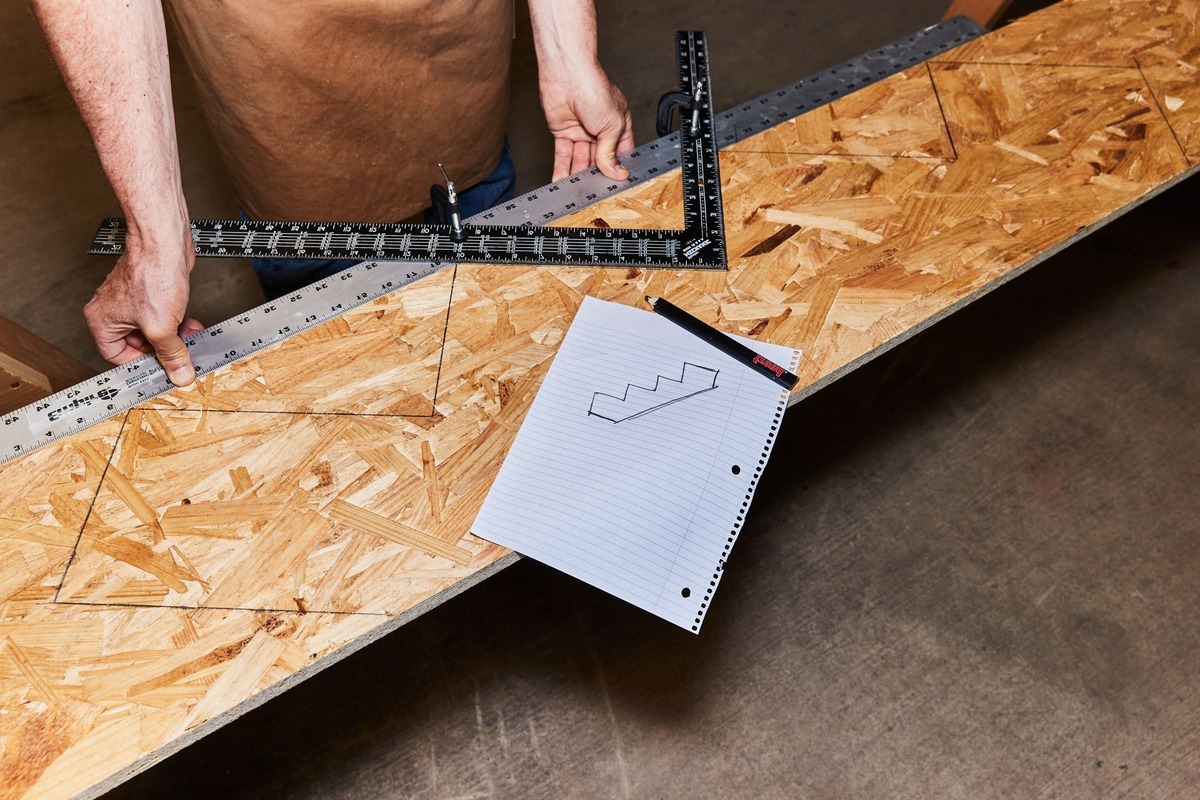

DIY & Crafts
How To Build Stair Stringers
Published: February 24, 2024

Senior Editor in Create & Decorate, Kathryn combines traditional craftsmanship with contemporary trends. Her background in textile design and commitment to sustainable crafts inspire both content and community.
Learn how to build stair stringers with our DIY & Crafts guide. Follow our step-by-step instructions for a sturdy and safe staircase. Start your project today!
(Many of the links in this article redirect to a specific reviewed product. Your purchase of these products through affiliate links helps to generate commission for Twigandthistle.com, at no extra cost. Learn more)
Introduction
Building stair stringers is a fundamental aspect of constructing a staircase, whether for a deck, porch, or interior space. Stringers form the structural support for the stairs, providing the framework on which the treads and risers are installed. Understanding how to build stair stringers is essential for any DIY enthusiast or craftsman looking to enhance the functionality and aesthetics of their living space.
The process of constructing stair stringers may seem daunting at first, but with the right tools, materials, and guidance, it can be a rewarding and empowering endeavor. By mastering the art of building stair stringers, individuals can customize their staircases to fit specific dimensions and design preferences, ultimately adding a personalized touch to their homes.
In this comprehensive guide, we will delve into the intricacies of building stair stringers, from understanding their role in staircase construction to the step-by-step process of measuring, cutting, and installing them. By the end of this tutorial, you will have the knowledge and confidence to embark on your own stair stringer project, elevating the functionality and visual appeal of your living space. Let's dive into the world of stair stringers and unlock the potential to transform ordinary stairs into a stunning architectural feature.
Read more: How To Build Deck Stairs
Understanding Stair Stringers
Stair stringers are the backbone of any staircase, providing the essential support and structure for the treads and risers. These inclined, notched boards form the sides of the staircase, supporting the weight of those traversing the stairs. Understanding the key components and functions of stair stringers is crucial for anyone embarking on a staircase construction project.
Anatomy of Stair Stringers
Stair stringers typically consist of a series of diagonal boards that extend from the top of the staircase to the bottom, forming the framework on which the steps are placed. The notches or cuts on the stringers accommodate the treads and risers, ensuring a secure and stable staircase. The number of stringers required depends on the width and design of the staircase, with wider stairs necessitating more stringers for adequate support.
Importance of Stringer Design
The design of stair stringers directly impacts the structural integrity and safety of the staircase. Properly designed stringers distribute the weight of individuals using the stairs, preventing sagging or instability. The angle and spacing of the cuts on the stringers, known as the rise and run, determine the slope and dimensions of the steps. Careful consideration of these design elements is essential to ensure a comfortable and secure staircase.
Material Selection and Durability
Stair stringers are commonly constructed from pressure-treated lumber, ensuring durability and resistance to moisture and decay. Alternatively, metal stringers offer a modern and sleek aesthetic while providing robust support. The choice of material depends on the desired look, budget, and environmental factors. Regardless of the material, selecting high-quality, sturdy stringers is paramount for the longevity and safety of the staircase.
Read more: How To Build Stairs
Role in Staircase Aesthetics
Beyond their structural significance, stair stringers contribute to the overall aesthetic of the staircase. The design and finish of the stringers can complement the architectural style of the space, whether it's a rustic wooden staircase for a cozy cabin or sleek metal stringers for a contemporary urban setting. By understanding the visual impact of stringers, individuals can tailor their staircase to harmonize with the surrounding decor and ambiance.
Understanding the intricacies of stair stringers is the foundation for successfully executing a staircase construction project. With this knowledge, individuals can confidently proceed to the next steps of measuring, cutting, and installing the stringers, ultimately bringing their staircase vision to life.
Tools and Materials Needed
Before embarking on the construction of stair stringers, it is essential to gather the necessary tools and materials to ensure a smooth and efficient building process. Equipping oneself with the right resources not only streamlines the construction but also contributes to the overall quality and durability of the staircase. Here's a comprehensive list of tools and materials required for building stair stringers:
Tools:
- Measuring Tape: Accurate measurements are crucial for precision in cutting the stringers and ensuring a well-fitted staircase.
- Speed Square: This versatile tool aids in marking and verifying precise angles, essential for creating the correct cuts on the stringers.
- Circular Saw: A reliable circular saw is indispensable for cutting the stringers with accuracy and efficiency.
- Carpenter's Square: This tool assists in ensuring that the stringers are square and aligned correctly, contributing to the stability of the staircase.
- Clamps: Clamps are essential for securing the stringer template in place during the cutting process, preventing any movement that could compromise accuracy.
- Safety Gear: Safety goggles, ear protection, and gloves are vital for personal protection during the cutting and construction phases.
Materials:
- Pressure-Treated Lumber: Select high-quality, pressure-treated lumber for the stringers to ensure durability and resistance to moisture and decay.
- Galvanized Nails or Deck Screws: These fasteners are used to secure the stringers to the deck or landing, providing a strong and reliable connection.
- Stair Treads and Risers: Depending on the design and style of the staircase, pre-cut stair treads and risers may be required for installation.
- Wood Sealer or Stain (Optional): If using wooden stringers, a wood sealer or stain can be applied to enhance the appearance and protect the wood from the elements.
- Metal Stringers (Optional): For those opting for a modern aesthetic, metal stringers provide a sleek and contemporary alternative to traditional wooden stringers.
By ensuring that these tools and materials are readily available, individuals can approach the construction of stair stringers with confidence and preparedness. With the foundation laid and the resources at hand, the next steps of measuring, cutting, and installing the stringers can be seamlessly executed, bringing the staircase project one step closer to completion.
Read more: How To Build Outdoor Stairs
Measuring and Cutting the Stringers
Accurate measurement and precise cutting are pivotal stages in the construction of stair stringers, laying the groundwork for a structurally sound and visually appealing staircase. The following steps outline the process of measuring and cutting the stringers with precision and confidence:
-
Determine the Rise and Run: Measure the total rise, which is the vertical distance the staircase will span, and the total run, which is the horizontal distance from the top to the bottom of the stairs. These measurements dictate the number of treads and the angle of the cuts on the stringers.
-
Calculate the Number of Steps: Divide the total rise by the ideal height of each step (usually around 7 inches) to determine the number of steps. This calculation ensures that the staircase complies with building codes and provides comfortable and safe steps.
-
Establish the Stringer Layout: Using a framing square or speed square, mark the rise and run measurements on the stringer board. Ensure that the layout accounts for the thickness of the treads and risers, as this affects the actual rise and run of the steps.
-
Cut the Stringers: With the layout in place, carefully cut along the marked lines to create the notches for the treads and risers. A circular saw is the ideal tool for this task, providing clean and precise cuts.
-
Test Fit and Adjust: Once the stringers are cut, perform a test fit to ensure that they align correctly with the treads and risers. Any necessary adjustments can be made at this stage to guarantee a snug and secure fit.
-
Duplicate the Stringer Template: If multiple stringers are required, use the initial stringer as a template to replicate the cuts accurately. Consistency across all stringers is essential for uniformity and stability in the staircase.
By meticulously following these steps, individuals can master the art of measuring and cutting stair stringers, setting the stage for the seamless installation and assembly of the staircase. This meticulous approach ensures that the stringers are tailored to the specific dimensions and design requirements, resulting in a staircase that not only meets functional needs but also enhances the aesthetic appeal of the space.
Attaching the Stringers to the Deck or Landing
Securing the stair stringers to the deck or landing is a critical phase in the construction process, as it establishes the foundation for a stable and reliable staircase. The following steps outline the method for attaching the stringers, ensuring a secure and durable connection to the supporting structure.
-
Positioning the Stringers: Place the stringers in their designated position against the deck or landing, ensuring that they are aligned and level. Use shims or adjustable riser supports to fine-tune the positioning, guaranteeing a precise fit.
-
Fastening the Stringers: Utilize galvanized nails or deck screws to fasten the stringers to the deck or landing. It is essential to drive the fasteners through the stringers and into the underlying structure, such as the deck frame or landing joists, to create a robust attachment. The use of corrosion-resistant fasteners is crucial for long-term durability, especially in outdoor applications.
-
Spacing and Quantity of Fasteners: Space the fasteners evenly along the height of the stringers, ensuring a secure and uniform connection. The exact quantity of fasteners will depend on the length and design of the stringers, with a focus on distributing the load evenly to prevent any potential shifting or instability.
-
Additional Support: For added reinforcement, consider installing metal brackets or angle brackets to further secure the connection between the stringers and the deck or landing. These brackets provide lateral support, minimizing any potential sway or movement in the staircase.
-
Verification of Stability: Once the stringers are fastened in place, verify the stability and alignment of the staircase structure. Ensure that the stringers are firmly anchored and that the entire assembly is level and free from any wobbling or shifting.
-
Quality Check: Conduct a thorough quality check to confirm that the attachment of the stringers is structurally sound and complies with building codes and safety standards. Attention to detail during this phase is crucial to guarantee the long-term integrity and safety of the staircase.
By meticulously following these steps, individuals can confidently attach the stair stringers to the deck or landing, laying the groundwork for the subsequent installation of treads and risers. This meticulous approach ensures that the staircase is not only visually appealing but also structurally robust, providing a safe and reliable means of traversing between different levels or areas.
Installing the Treads and Risers
With the stair stringers securely attached, the next crucial step in the staircase construction process is the installation of the treads and risers. This phase not only enhances the visual appeal of the staircase but also contributes to its structural integrity and safety. The following detailed steps outline the method for installing the treads and risers with precision and finesse:
-
Prepare the Treads and Risers: Ensure that the stair treads and risers are accurately measured and cut to fit the dimensions of the staircase. Pre-cut treads and risers can be utilized for convenience, or they can be custom-cut from high-quality lumber to match the design preferences and specifications.
-
Align the Treads and Risers: Begin by aligning the risers with the back of each tread, ensuring a flush and snug fit. The risers provide essential support and prevent debris from accumulating beneath the stairs, contributing to a clean and polished appearance.
-
Secure the Treads and Risers: Utilize construction adhesive and fasteners, such as nails or screws, to secure the treads and risers to the stringers. Apply the adhesive along the stringers and the back of each tread and riser, ensuring a strong bond and minimizing any potential squeaking or movement.
-
Uniformity and Stability: Pay close attention to the alignment and spacing of the treads and risers, aiming for uniformity and stability across the entire staircase. Consistency in the installation process is crucial for a visually appealing and structurally sound staircase.
-
Quality Check and Finishing Touches: Once the treads and risers are installed, conduct a thorough quality check to verify their stability and alignment. Ensure that each step feels secure and that there is no flexing or movement. If using wooden treads and risers, consider applying a wood sealer or stain to enhance their appearance and protect them from wear and tear.
By meticulously following these steps, individuals can elevate the staircase from a framework of stringers to a fully functional and visually captivating architectural feature. The installation of treads and risers not only enhances the aesthetic appeal of the staircase but also ensures its safety and longevity, providing a seamless and inviting transition between different levels or areas within a space.
Conclusion
In conclusion, mastering the art of building stair stringers opens up a world of possibilities for DIY enthusiasts and craftsmen seeking to enhance the functionality and aesthetics of their living spaces. The process of constructing stair stringers, from understanding their role in staircase construction to the step-by-step execution of measuring, cutting, and installing them, empowers individuals to customize their staircases with precision and creativity.
By delving into the intricacies of stair stringers, individuals gain a profound understanding of the foundational elements that contribute to the stability, safety, and visual appeal of a staircase. The careful consideration of rise and run measurements, the selection of high-quality materials, and the meticulous execution of cutting and installation techniques culminate in the creation of a staircase that not only serves as a practical means of vertical circulation but also stands as a striking architectural feature within a space.
The journey of building stair stringers is a testament to the fusion of craftsmanship and functionality, where each cut, measurement, and attachment contributes to the realization of a cohesive and enduring structure. Whether it's the rustic charm of wooden stringers or the modern allure of metal alternatives, the versatility and customization options available in stair stringer construction allow individuals to tailor their staircases to harmonize with their unique design preferences and architectural styles.
Ultimately, the construction of stair stringers transcends the mere assembly of steps; it embodies the transformation of raw materials into a functional art form that seamlessly integrates with its surroundings. The staircase, once a mere utilitarian element, emerges as a focal point that embodies craftsmanship, precision, and personal expression.
As individuals embark on their stair stringer projects, armed with the knowledge and skills acquired through this comprehensive guide, they are poised to elevate their living spaces, infusing them with a sense of character and individuality. The staircase, often overlooked in its significance, becomes a testament to the ingenuity and creativity of those who dare to embark on the journey of building stair stringers.

